100 Years in One Day - Leica M10-P Review (4) The Other
Previous: 100 Years in One Day - Leica M10-P Review (3) The Color
Melbourne’s weather is very inconsistent, it was sunny midday, and now is pouring rain. I went into the library to make sure the camera still works when I return it. The huge amount of books in the library remind me of a quiz that I heard long time ago:
You travelled to a small town, and realised you need a hair cut. You found two barbershops in the town, one looks very messy with hairs all over the place, the hairdresser looks messy as well, and only said “hi” to you, then continuing his work; However, the other barbershop looks nice and clean, the hairdresser looks neat and tidy, when he saw you, he greeted you very politely. Question: which one would you choose for haircut?
Obviously, the question might confuse some kids, but the answer is not hard to guess: since there are only two barbershops in town, the two barbers have to cut each other’s hair, as a result, the more tidy one barbershop, the more the other shop is better. If we extend this logic to photography, could it conclude: if a photographer’s gears look tidy and clean, he/she might not do a good work.
This might feel a bit biased, but to a certain extent it does make some sense. When I was in the library, I had X-Pro2 along with M10-P, and I took photos using each for the other, could we say, the better a camera looks in photo, the more the other camera is better?
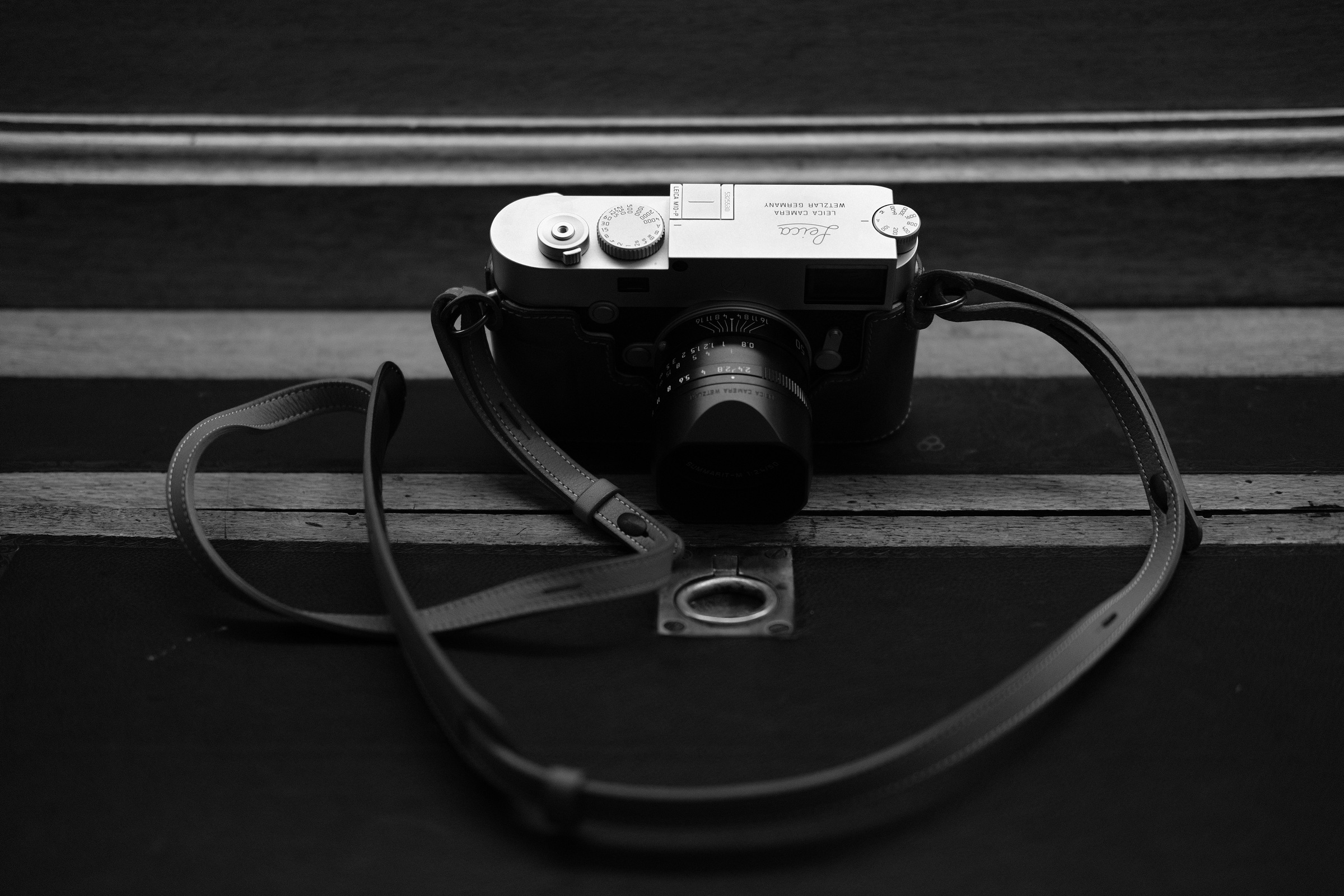
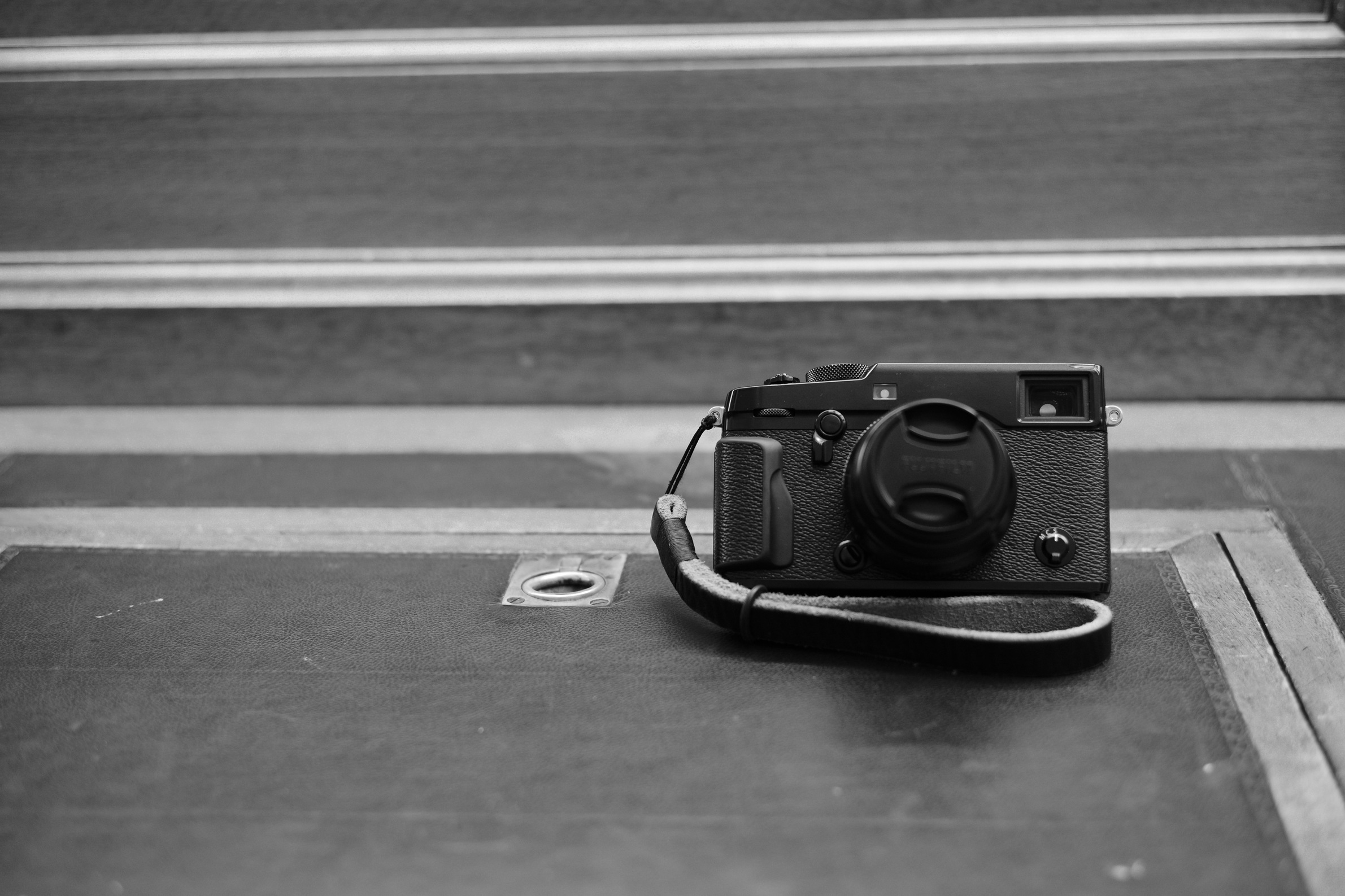
One thing that rangefinder camera lacks, is the ability to focus at close distance. If the initial purpose of camera is for documentary street photographer, then it’s not hard to understand that close-up photography isn’t in consideration; Even if the lens can focus at close distance, you still need to use live view. Due to this limit, there’s not much choice in term of framing and composition, especially the 50mm Summarit.
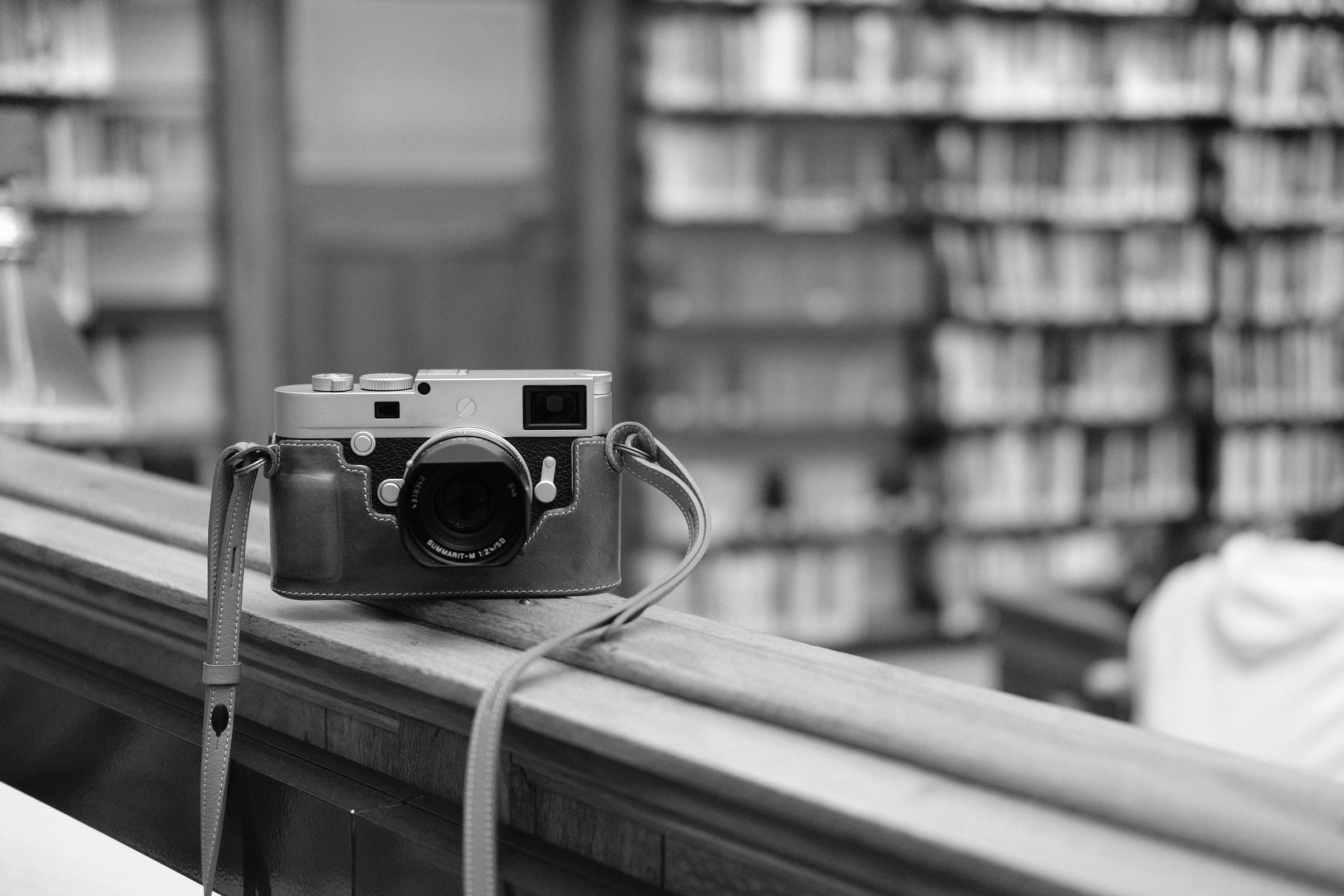

Actually, life is also full of contradiction and conflict: contradiction between good looking and practicality, conflict between outter and inner. Most of the times we can’t have both of them at the same time, so we have to make some compromise. Leica and Fujifilm are two examples, the former never tries to catch up with others in term of technology, but to remain committed to tradition and essence of photography, whereas the latter tries to be more budget-friendly, attempting to find a balance between look, technology and cost.

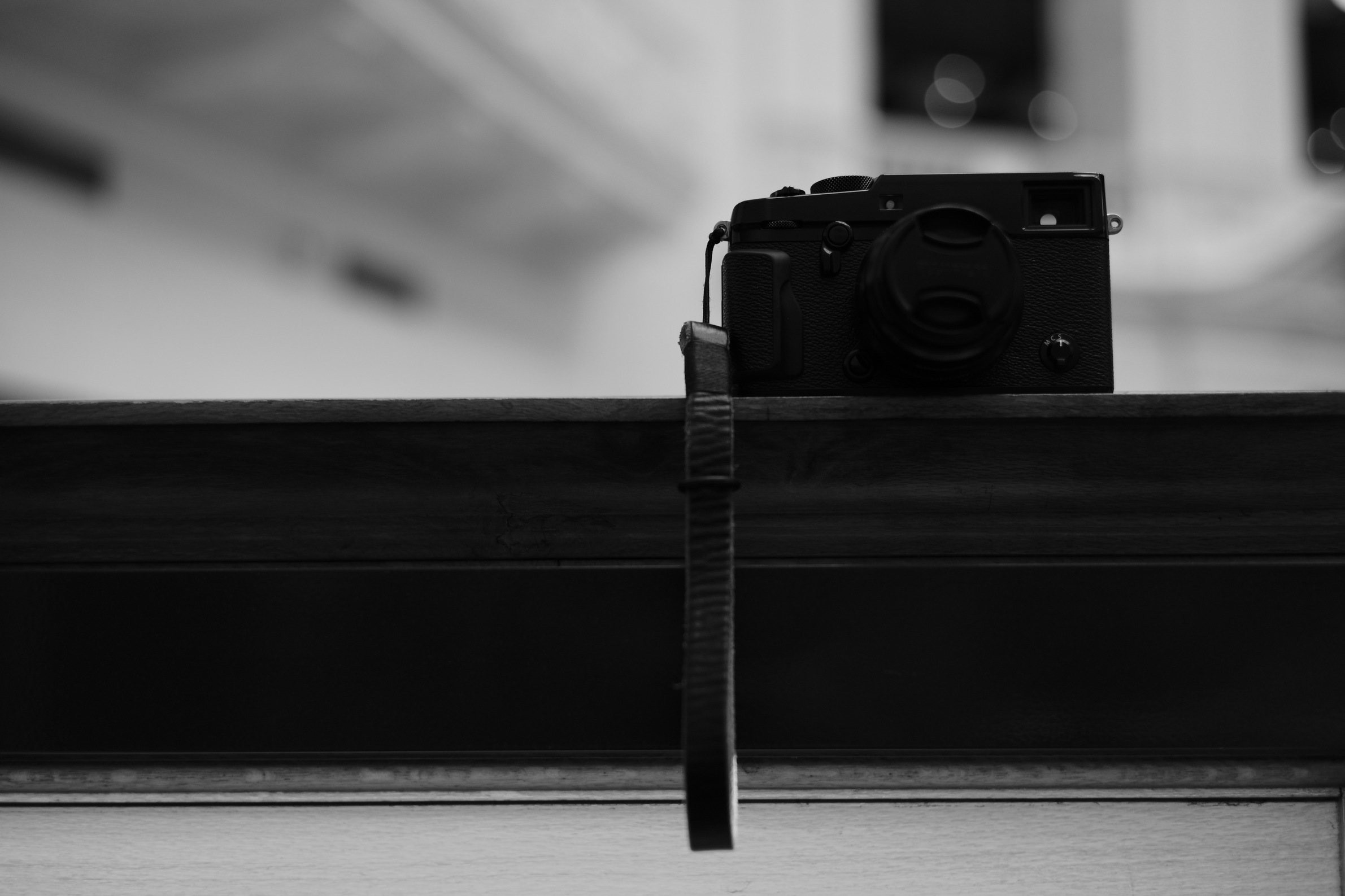
Many people would agree that the most important part of photography isn’t camera or lens, but the people who use them. Similar to the scissors in the hands of barbers, regardless of whether the scissor is gold or brass, the final result depends on the user of the scissor. Ironically, people who agree with this usually also agree with another point: a good looking and well made camera often encourages people to go out and take photos. Such like using an M is a rewarding process for many photographers, they could feel a process of creating, instead of simply pressing a shutter button.
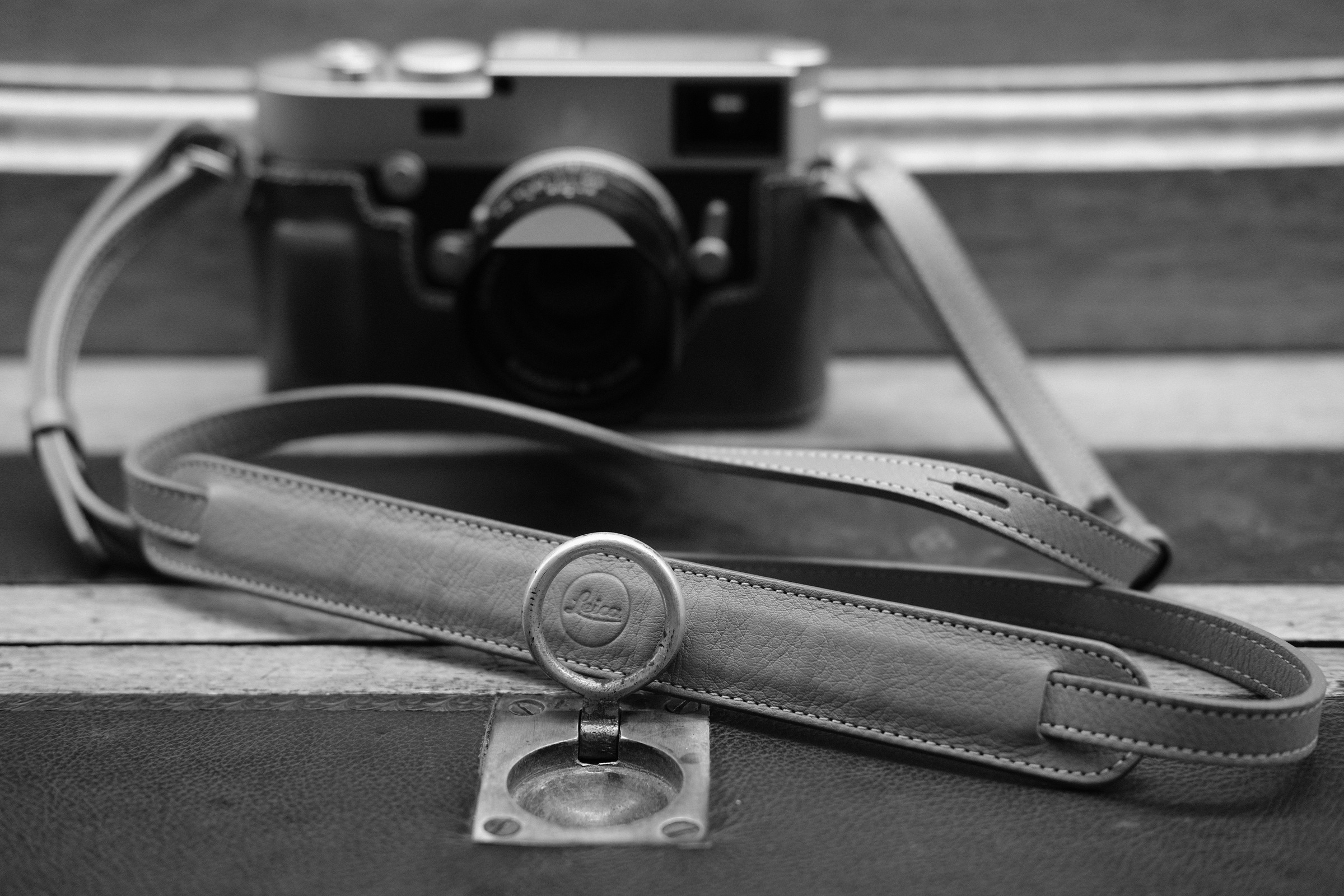

Probably, a good street photographer would not struggle on the camera, but only pay attention to taking photos. It’s not the camera, but the surrounding world, that encourages them to take photos. As Daido Moriyama said:
In addition, when I stepped out of the workplace, I felt that from that time on, I was traveling all day. Perhaps you will think that how could travel around Tokyo every day be a trip. But even if this is the case, the scenery you see every day, the place you pass every day, as long as you have a camera on your hand, it is the feeling of traveling. Even if it is everyday life, it is just a place that I usually see. As long as there is a camera on hand, it will become very fresh, and that day is a trip to me. Of course this is just a feeling. But as long as you think so, the outline of the day will appear.

Previous: 100 Years in One Day - Leica M10-P Review (3) The Color